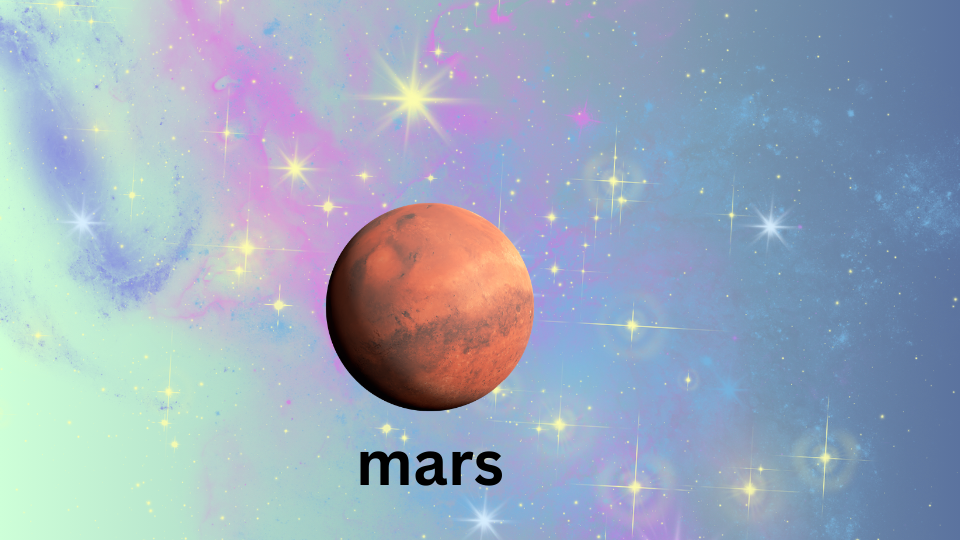Scientists are achieving more success in Space discoveries. Space discoveries are very important for humans so that they can start a life on another planet. Here we are going to study some new space discoveries which was researched recently.
These new researches reveals groundbreaking insights about our universe: Jupiter-like planets may form in just 1–2 million years, far faster than believed. Mars hides vast underground ice near its equator, potentially aiding future missions. Studies warn toxic Martian dust could endanger astronauts, while microgravity severely impacts bone health in space. Meanwhile, Curiosity rover finds ancient organic compounds hinting at past life, and black holes might transform into white holes, reshaping cosmic theories.
Key points

A new research suggests Jupiter-like planets form faster than previously thought, reshaping planet formation theories
Recent research from Ohio State University has revealed that Jupiter-like exoplanets might actually form in just 1 to 2 million years, which is much quicker than the previous estimate of 3 to 5 million years. This finding shakes up long-held beliefs about how gas giants come into existence.
The scientists took a close look at seven exoplanets, examining their chemical characteristics in relation to Jupiter and Saturn. Their results suggest that these planets gathered significant amounts of solid materials early on in their protoplanetary disks, lending credence to the idea that Jupiter itself formed much earlier than we once thought.
The study also implies that the early formation of gas giants could have a big impact on how planets develop, particularly influencing the orbits of smaller rocky planets. Researchers believe these findings might prompt a major reevaluation of our theories on planet formation, both in our solar system and beyond.
‘Underground ice deposit near mars’ equator could hold as much water as earth’s red sea, study reveals
Exciting new radar data from the Mars Advanced Radar for Subsurface and Ionospheric Sounding (MARSIS) has uncovered what could be a massive underground water reservoir lurking near Mars’ equator, right beneath the Medusae Fossae Formation (MFF). This hidden treasure might hold enough water to rival the volume of Earth’s Red Sea, potentially flooding the Martian surface with up to nine feet of water if it were to melt away.
The MFF, which stretches for hundreds of miles, has been a topic of much debate among scientists. But recent radar scans indicate that this area is packed with thick layers of ice, possibly resembling the ice caps found at Mars’ poles. This intriguing find opens up new avenues for understanding the planet’s climate history and the age of these ice deposits.
For upcoming Mars missions, the fact that this ice is located at the equator could be a game-changer, providing a valuable water source for astronauts. This discovery not only deepens our understanding of Mars’ watery past but also holds great potential for supporting human exploration with essential resources like drinking water, oxygen, and fuel.
Study finds microgravity harms weight-bearing bones in space, raising concerns for astronaut health
NASA’s latest research involving mice on the International Space Station has uncovered some intriguing findings about how prolonged time in microgravity impacts weight-bearing bones. It turns out that the femurs take quite a hit, showing significant damage, while the lumbar spine seems to hold up pretty well. The study indicates that it’s the microgravity itself, not space radiation or other systemic factors, that’s primarily responsible for the bone loss.
The femur’s bone marrow deteriorates from the inside out, rather than being affected by outside forces. Additionally, the research points out that microgravity speeds up bone growth in young mice, which can lead to premature ossification and potentially hinder their development. This underscores the importance of creating specialized exercise equipment and habitats to safeguard astronauts’ bone health.
Mars rover finds ancient organic compounds in 3.7 billion-year-old lakebed rocks, hinting at potential for past life
NASA’s Curiosity rover has made an exciting discovery: it’s found the largest organic compounds ever detected on Mars, nestled in 3.7 billion-year-old rock from an ancient lakebed that once had the right conditions for life. Tests indicate the presence of long-chain alkanes, which can form through non-biological means but are also essential components of cell membranes in living organisms. Researchers noted that these compounds formed in a way similar to fatty acids found on Earth, sparking hope that signs of life could have lingered in Martian rock for billions of years.

Study suggests black holes could transform into white holes, ejecting matter and time back into the cosmos
Recent research is shaking up our understanding of black holes. Instead of seeing singularities as the ultimate end, it suggests they might actually morph into white holes, which could release time and matter back into the universe. Scientists took a deep dive into quantum mechanics with a theoretical black hole model and discovered some significant quantum fluctuations that could step in for singularities, stopping space-time from collapsing altogether. The study also connects time with dark energy, hinting that it might be gauged by the force that’s pushing the universe to expand. This gives us a whole new way to think about black hole physics.
Toxic Martian dust could pose serious health risks to astronauts, study warns
A recent study raises an important red flag. Martian dust, which is packed with toxic silicates, perchlorates, and heavy metals, could pose serious risks to astronauts’ lungs, thyroids, and other health aspects during extended missions on the surface. Conducted by a team from the University of Colorado Boulder and USC, this research utilizes data from rovers and meteorite studies to emphasize how dust can infiltrate the bloodstream and lead to long-term health issues.
By referencing health problems from the Apollo missions alongside findings from Mars rover data, the researchers highlight that even small amounts of these harmful compounds could become a threat during 18-month missions. They’re calling for focused solutions to be developed before we send crews to explore Mars.
Check more info :- Recent Ai researches